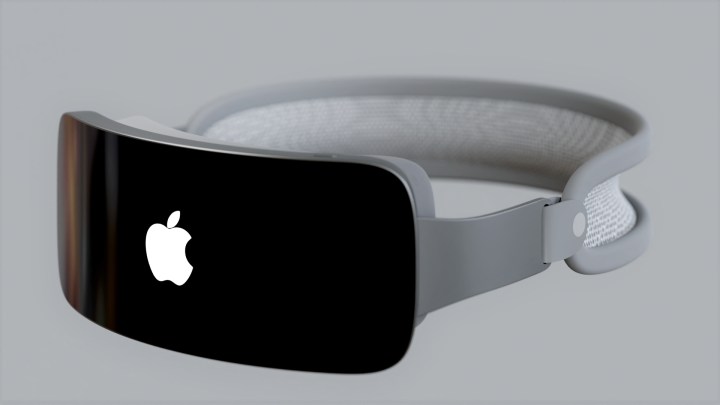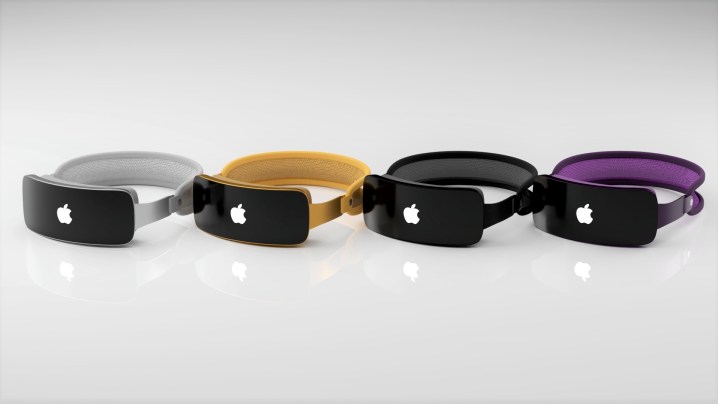Ever since the first rumors surfaced that Apple was working on a mixed-reality headset, it has been assumed that immersive video would be a key feature of the device. Yet we’ve never really known exactly how this would work — until now.
That’s because Apple has just been granted a patent (USPTO number 11570417) that goes into detail on how a user might watch video content while wearing the headset, which will allegedly be dubbed Reality Pro. And that patent presents an intriguing system that could have uses beyond simple video.

The patent describes how the headset could take into account the position of the user’s head and show them content based on that position. If the user’s head or gaze moves — for example, if they look to the left or tilt their head downwards — the headset’s viewport would change accordingly.
The effect could be like looking through a window, where you see different segments of a larger screen based on where your eyes fall. Apple’s patent uses the metaphor of a headset user being surrounded by a globe, with their current viewport representing one segment of that globe.
Apple’s patent explains that this system could allow Reality Pro to learn where a user is looking and enhance the video fidelity in that area, while showing less graphically intensive content around the user’s peripheral vision. That could save on processing power, thereby prolonging the headset’s battery life.
A clever idea with many uses

Other uses for the technology could include adjusting resolutions and bitrates depending on where a user is looking, or adding content to a buffer depending on where the headset predicts the user will look next.
Aside from video, this system could also work well with virtual reality games, adding a new level of immersion. As your character moves around, for example, you could look left or right and the headset would adjust both the content you see and its visual fidelity accordingly.
It’s a clever idea and is reminiscent of something we’ve heard before. In January 2022, display industry analyst Ross Young explained that the Reality Pro could use three display panels: two for your front-facing gaze and one for peripheral vision. The peripheral panel would run at a lower resolution and would be slightly blurred, helping you to focus on the screens up front.

Incidentally, the patent contains drawings of a headset that bears some resemblance to rumored designs. It also depicts a strap running across the top of a person’s head, which has not been shown in many renders (if any). However, as the illustrations are just meant to be examples, we probably shouldn’t read too much into them.
Apple’s upcoming headset is thought to be a high-end device jam-packed with advanced tech, including high-resolution displays, hand- and eye-tracking, and both virtual reality and augmented reality capabilities. That tech will come with a high price, though — $3,000, according to rumors.
The Reality Pro is expected to be unveiled at a special spring event hosted by Apple. With just a few months until its reported release date, expectations are mounting for the headset. Time will tell if patents like this will help it meet those expectations and avoid becoming an expensive flop, as some have warned.
Editors’ Recommendations




